The owner of the apartment said he had found the artillery shell in the forest years ago and brought it home.


The owner of the apartment said he had found the artillery shell in the forest years ago and brought it home.
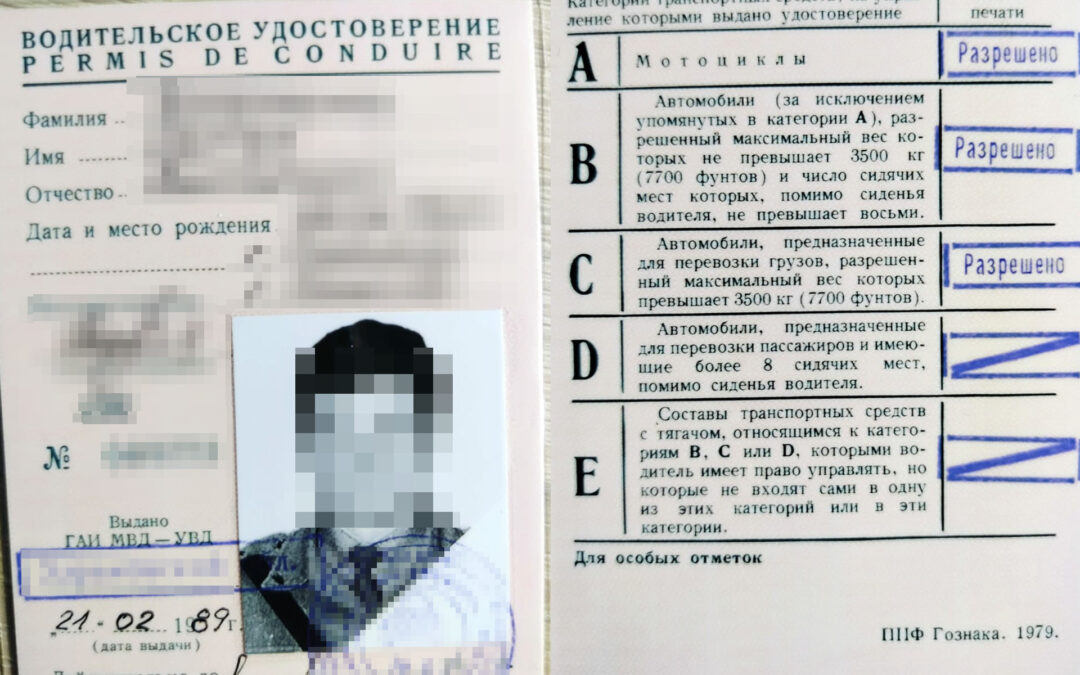
He has been referred to court for using a document from a country that has not existed for over 30 years.
We are an independent, nonprofit media outlet, funded through the support of our readers.
If you appreciate the work we do, please consider helping us to continue and expand it.
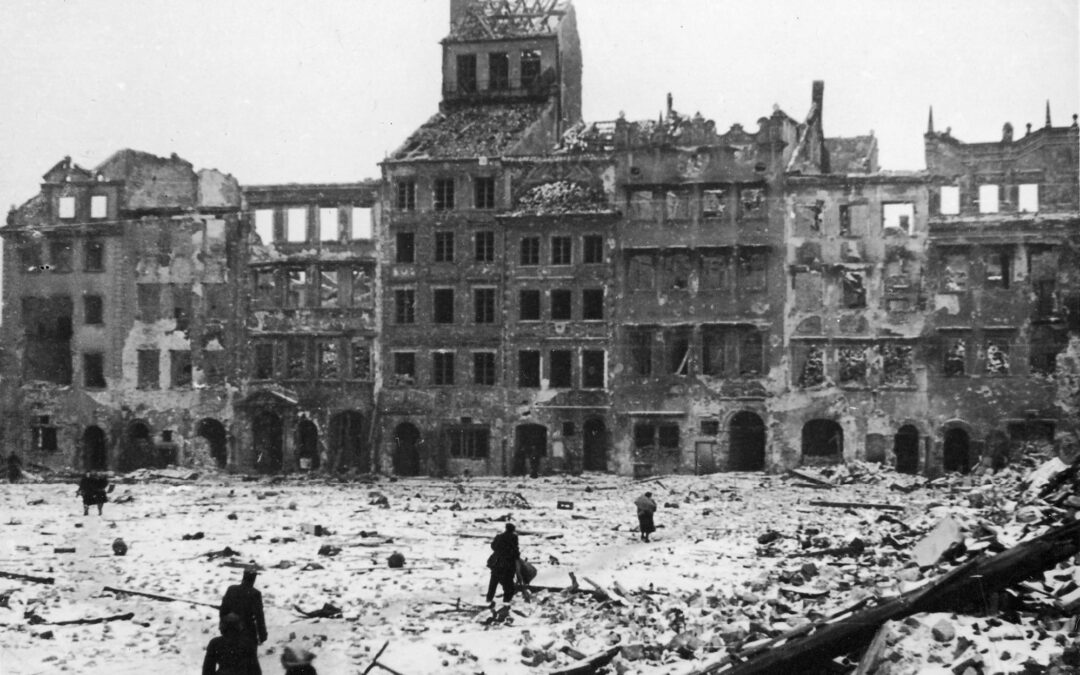
Stuart Dowell
Most famous among them was pianist Władysław Szpilman.
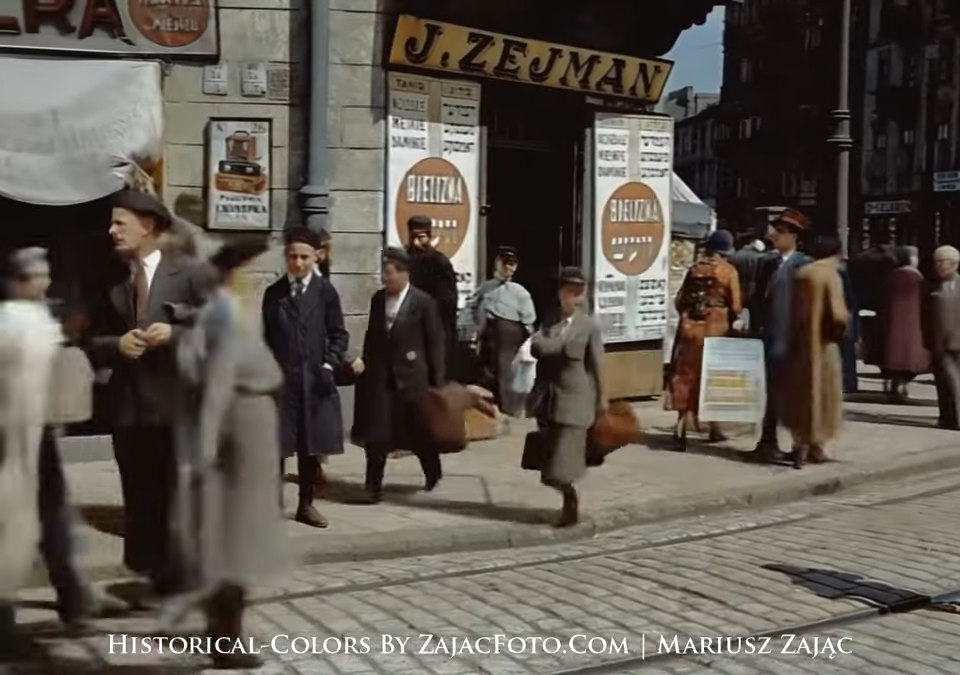
While the work has won praise, some have also criticised it for mixing photographs from different times, including Holocaust-era images of Jews.

The ship contains at least 100 bottles of champagne as well as other types of wine, porcelain and mineral water.
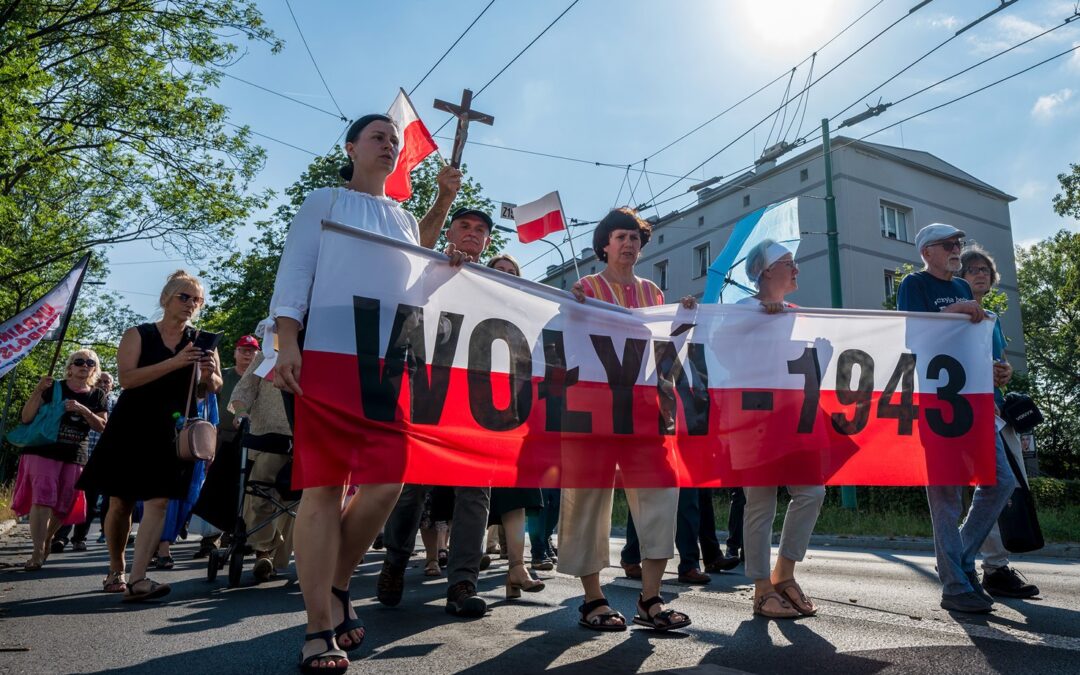
The Volhynia massacres of ethnic Poles by Ukrainian nationalists has long caused tensions between the two countries.
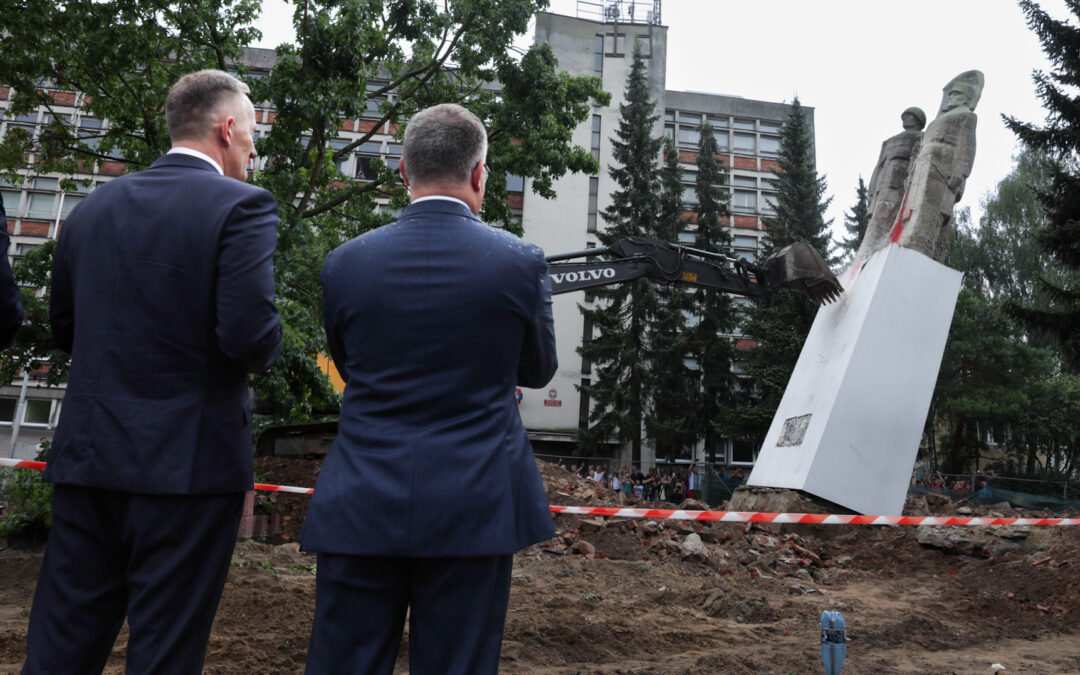
Hundreds of local residents gathered to watch the monument being demolished, with many applauding as it collapsed.

Holocaust historian Alex Dancyg was an active advocate for Polish-Israeli dialogue.
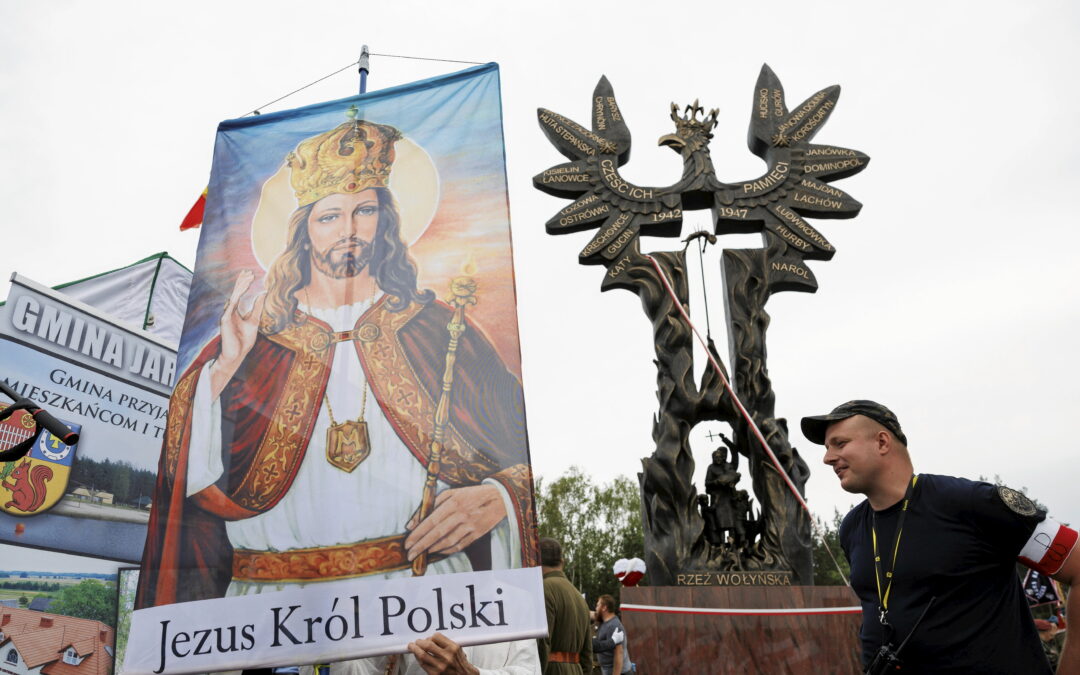
Several cities refused to host the statue, which depicts a baby being impaled on a Ukrainian trident.
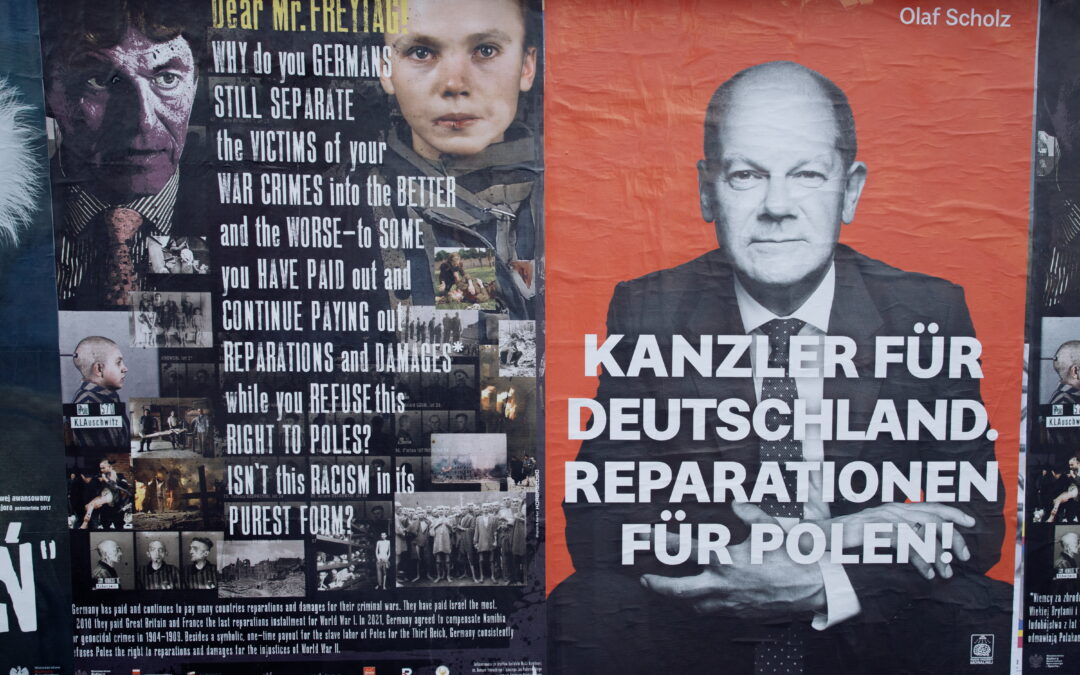
The findings come days after Donald Tusk indicated that his government would not continue its predecessor’s push for reparations.
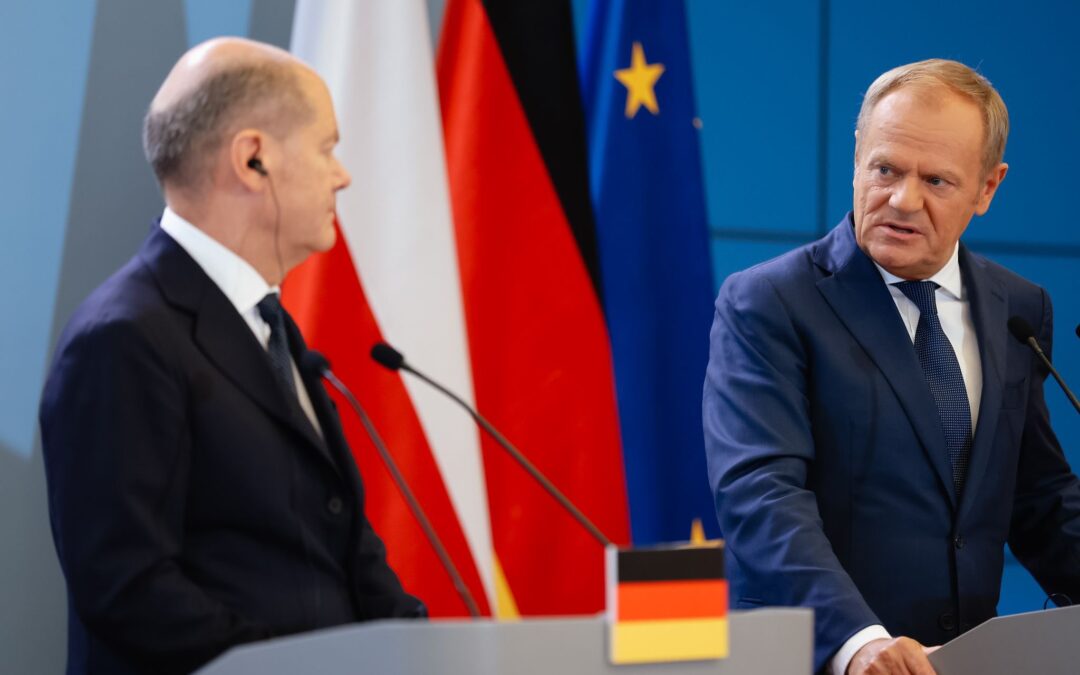
In both cases, Olaf Scholz did not provide details of what these measures would involve in practice.

The new programme will give teachers and students “more time for calmer and in-depth” learning, says the education ministry.

The Polish 1st Armoured Division helped to liberate Breda from German occupation 80 years ago.

“Warsaw is also a city with a queer history and a queer identity,” says the deputy mayor.